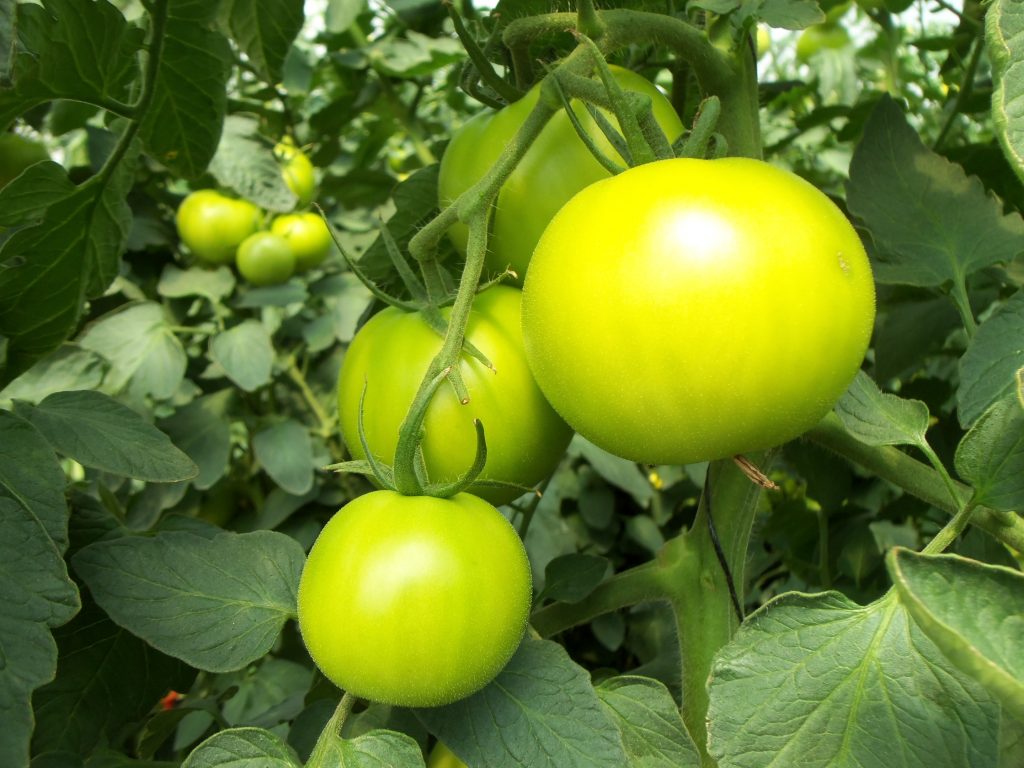Clemson Extension agents provide updates in The South Carolina Grower this week about the status of various crops being produced throughout the state.

Weekly Field Update – 4/18/22

Coastal Region

Zack Snipes reports, “It has been a very windy spring. The winds are drying out our soils and beating up plants. I have looked at some tomatoes, and the ones that aren’t tied are wind whipped. The ones that are tied have callus tissue forming where the string is touching them. We have some beautiful lettuce and greens coming in right now along with spring onions. I have also seen some squash coming in on farms that grew squash in high tunnels. Strawberry plants are still small and have very few blooms for this time of year. We are harvesting highbush blueberries in high volumes right now. I think we escaped more cold damage than previously expected.”
Midlands

Justin Ballew reports, “The weather last week was beautiful. The moisture we got the previous week has some disease showing up, including grey mold and anthracnose in strawberries and Sclerotinia stem rot in lettuce and brassicas. Strawberry harvest is going well. Last week was spring break here in the Midlands, so strawberry growers had a good week of sales. Some growers have reported seeing a slight slump in harvest as a result of the cold snap that occurred about a month ago now. We’re seeing more spider mites, but this rain we’re getting this morning may help. We’re also going to see more water-damaged berries as a result of all this rain. Some squash and tomatoes have been planted and are growing well so far.”
Sarah Scott reports, “Still trying to dry out in some areas this week. We’ve had an additional inch or so which has led to some botrytis popping up in strawberry fields along with leather rot. Keeping those fields clean of diseased fruit as well as staying on top of your fungicide programs will help with both issues. Fruitlets on peach trees continue to develop in most varieties. If temperatures stay warm, we could see scale start to show up in the peach orchards. We will watch reports from Georgia, as the Ridge area is usually 1 to 2 weeks behind.”
Upstate
Andy Rollins reports, “We’re trapping oriental fruit moth (OFM) in some peach orchards in the upstate but only in ones that were not treated with pheromones last year, and in low numbers. Regardless, it is time to put out pheromone ties for this pest. Insect spray programs should be based on plum curculio, not OFM, if you are using ties. We are at shuck off on many varieties at this point, and it is recommended we rotate into chemistries other than pyrethroids. Voliam flex, Imidan, or Belay would all be good rotations to give some added protection. Strawberry diseases are loving this weather. I am finding fruit anthracnose and plenty of botrytis. Make sure you are rotating fungicides weekly under these conditions. Miravis Prime is an excellent new option that works well on both of these issues. Also, make sure you are getting full coverage. Most in the upstate are using 100 gallons of water per acre. Lastly, make sure to keep overripe and water-damaged fruit off of the plant and preferably out of the field. Many vegetable growers are trying to get plants in the ground and will be planting this week. Because of the high rainfall amounts, phytophthora root rot is a main concern.”










